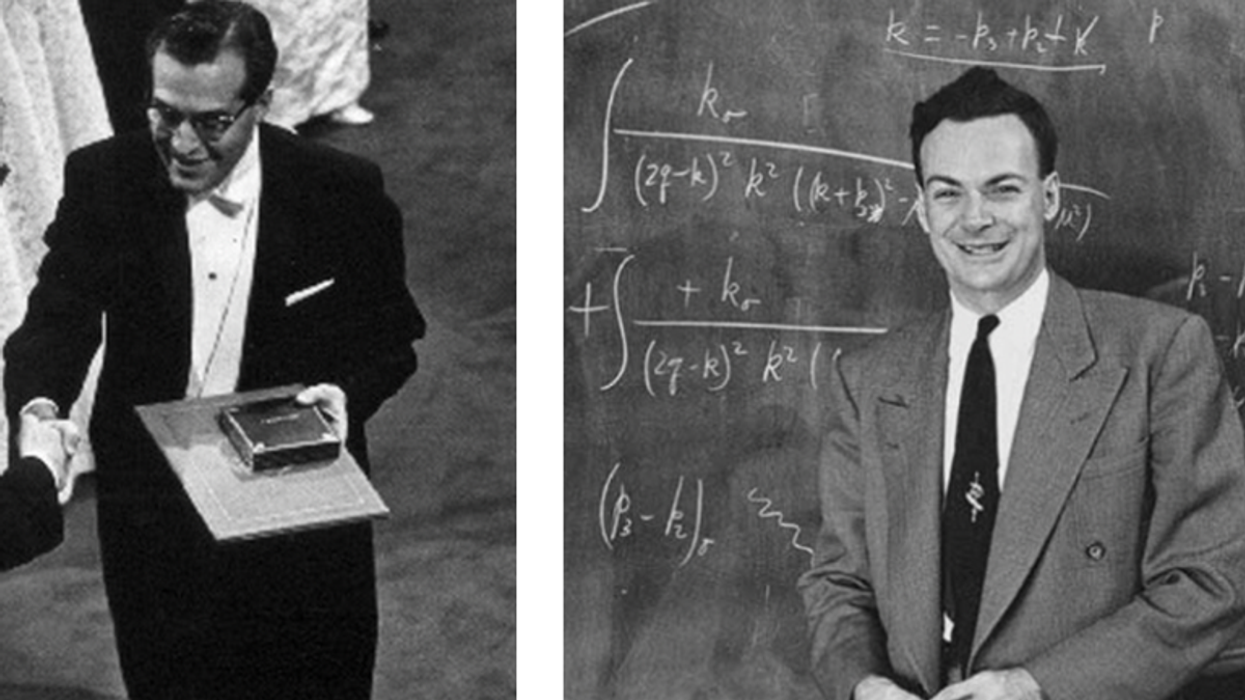One mystery in our universe is a step closer to being solved. NASA's Parker Solar Probe launched last year to help scientists understand the sun. Now, it has returned its first findings. Four papers were published in the journal Nature detailing the findings of Parker's first two flybys. It's one small step for a solar probe, one giant leap for mankind.
It is astounding that we've advanced to the point where we've managed to build a probe capable of flying within 15 million miles from the surface of the sun, but here we are. Parker can withstand temperatures of up to 2,500 degrees Fahrenheit and travels at 430,000 miles per hour. It's the fastest human-made vehicle, and no other human-made object has been so close to the sun.
Scientists are hoping Parker gives them insight into two mysteries. Why is the corona hotter than the sun's surface? And how does solar wind reach such an incredible speed? We're starting to get answers to these questions.
RELATED: Steph Curry said the moon landing was a hoax and NASA isn't having it
We finally know what speeds up solar winds. "We'd see suddenly a spike in flow, where in just a couple seconds the solar wind would start flowing 300,000 miles an hour faster," Justin Kasper, lead author of one of the studies, said.
"Sometimes these spikes, or stronger waves, last for a couple seconds, sometimes they last for hundreds of seconds," Kasper said. "But they nearly double the speed of the solar wind, and they are so violent that they actually flip the direction of the magnetic field in the solar wind around."
We also have insights into what solar wind actually looks like. "We see that the solar wind is very bursty," Stuart Bale, of the University of California at Berkley, said. "It's bubbly. It's unstable. And this is not how it is near Earth." The solar probe observed about 1,000 of those bubbles and bursts in 11 days. Researchers were so surprised by the solar winds, they though the instruments were malfunctioning.
RELATED: Fact: NASA takes the best before-and-after photos. Here are 10 of them
Parker also helped validate a theory long-held by scientists. It was conjectured that a cosmic dust-free zone surrounds the sun, the logic being the sun would vaporize the residue of planets and asteroids orbiting around the sun. The solar probe found that dust gets thinner closer to the sun, just not the way they thought. "What was a bit of a surprise is that the dust decrease is very smooth," Russell Howard, another astrophysicist working with the probe, said. "We don't see any sudden decreases indicating that some material has evaporated."
The information gleaned from Parker can also help scientists understand and predict solar storms, which sometimes disrupt artificial satellites. These insights could be used to help protect astronauts and satellites in the future.
Parker will study the sun for the next six years. Who knows what mysteries will be solved, and what new mysteries will be created?


















 The Emergency Department.Photo credit:
The Emergency Department.Photo credit:  Little girl with a splinter.Photo credit:
Little girl with a splinter.Photo credit:  Woman on phone after car accident.Photo credit:
Woman on phone after car accident.Photo credit: 


 A hotel clerk greets a guestCanva
A hotel clerk greets a guestCanva Gif of Faye Dunaway' as Joan Crawford demanding respect via
Gif of Faye Dunaway' as Joan Crawford demanding respect via  An empty rooftopCanva
An empty rooftopCanva
 A road near equatorial Atlantic OceanCanva
A road near equatorial Atlantic OceanCanva Waves crash against rocksCanva
Waves crash against rocksCanva